13 Pilonidal Cyst Home Treatments
Say "goodbye" to painful and annoying cysts with readily available remedies.

Image: Shutterstock
A pilonidal cyst is a sac filled with skin debris and hair found at the crease that separates the two buttocks. Experts believe that hair trapped in the pores of the skin followed by constant friction or trauma to your buttocks can result in the development of cysts (1). While consulting a doctor and going for surgical intervention is the best way to remove the cyst, there are a few home treatment options for pilonidal cysts one can try to alleviate the pain. In this article, we take a look at who is at a higher risk of developing pilonidal cysts and the natural treatment options available.
In This Article
Who Can Get Pilonidal Cysts?
The following factors can increase the chances of developing pilonidal cysts:
- A family history of pilonidal cysts
- Men with a deep natal cleft
- You sit around for extended periods (some amount of friction can cause a reaction to ingrown hair)
- You have thick body hair
Let’s look at the causes and symptoms in detail.
Key Takeaways
- A pilonidal cyst is an abnormal growth filled with skin debris and hair found on the tailbone.
- Genetics, a sedentary lifestyle, and poor hygiene are a few causes of pilonidal cysts.
- One may experience pain, bleeding, and nausea due to pilonidal cysts.
- Warm compresses or applying coconut/olive oil on the affected area are a few remedies that can help manage pilonidal cysts.
What Causes Pilonidal Cysts?
The main cause of pilonidal cysts is the presence of ingrown hair.
This happens as a result of hair becoming embedded in the skin. If the cyst gets infected, it can form a painful abscess.
Individuals between the ages of 20 and 30 are susceptible to pilonidal cysts.
Listed below are the factors that may contribute to the development of pilonidal cysts:
- Gender: Men are more likely to have pilonidal cysts.
- Sedentary lifestyle
- Lack of physical activity or exercise
- Excess body hair
- Poor hygiene
- Excessive sweating
Symptoms Of Pilonidal Cyst
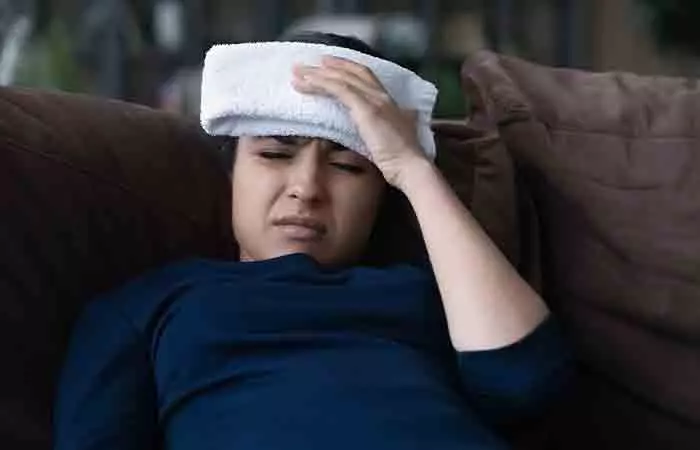
The common symptoms of pilonidal cyst development include inflamed skin, collection of pus, and/or slight bleeding at the site of infection.
One may also experience pain and discomfort while sitting or standing. However, if the infection is acute, one may also have a fever or nausea.
Bikash Paneru, a blogger, shared his experience about his pilonidal cyst in his personal blog. He said, “I began to feel discomfort while sitting down during work. It was then that I noticed that there was a cyst on my left glute (i).”
You may be tempted to pop these cysts to relieve the discomfort. However, doing so increases the risk of infection and scarring. Hence, it is best to consult a doctor.
Medical Treatment
The doctor performs a simple procedure to drain the cyst. They will numb the affected area and make a small incision to drain the cyst. Once all the fluid and debris are drained, they will either close the wound with a sterile gauze or stitches. They may also prescribe antibiotics to prevent infection.
However, if these cysts reappear, you may need surgery.
Note: Consult a healthcare provider immediately if you experience continued discomfort or notice any infection-related symptoms, like increased redness, warmth, or pus.
Bikash Paneru further elaborated how surgery successfully removed the pilonidal cyst. However, it was the post-surgery period that was more challenging than the surgery itself. He said, “The post operation experience was interesting. It was difficult to sit down for long periods so I had to alternate between sitting, standing up and lying down in the prone position for almost a week.”
Here are a few home remedies you can try out to reduce the pain and discomfort.
13 Effective Home Remedies For Pilonidal Cysts
1. Warm Compress
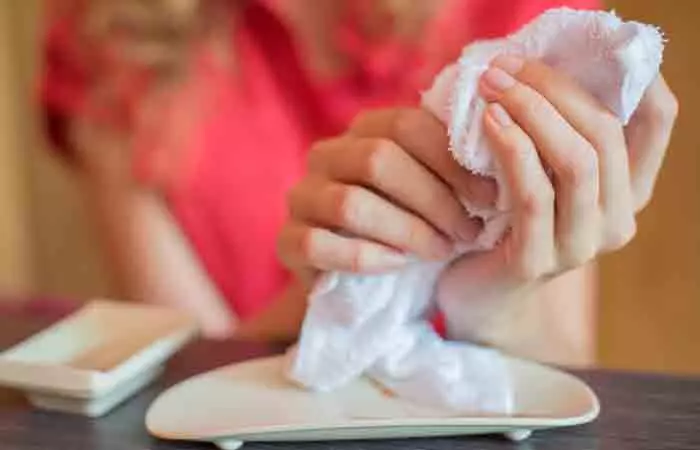
Using a hot compress a few times a day can help soothe the inflammation (2). The heat from the washcloth enables the cyst to drain the pus, thus relieving pain. It is an excellent home care treatment option.
You Will Need
- 1 sterile washcloth
- A bucket of warm water
What You Have To Do
- Start by soaking a sterile washcloth in hot water.
- Place the warm cloth on the affected area for a few minutes.
How Often You Should Do This
Repeat as needed until the pain subsides.
2. Garlic
Garlic has antibiotic and antimicrobial properties. A study published in Medical Hypotheses (1983) highlights the antimicrobial properties of garlic, emphasizing its potential as a natural antibiotic. It indicates that garlic extract exhibits broad-spectrum activity against various bacteria and fungi, with allicin identified as its active component. Since many medically significant microorganisms are susceptible to garlic, it holds promise as a therapeutic agent (3). Hence, it may prove to be effective in reducing the symptoms of pilonidal cysts by consumption or a topical treatment.
You Will Need
A few cloves of garlic
What You Have To Do
There are two ways to use garlic:
- Crush a garlic clove with the back of a knife and apply the paste to the affected area.
- Cover the area with sterile gauze for a few minutes before rinsing it off.
- Alternatively, you can ingest crushed garlic cloves with a glass of water.
How Often You Should Do This
Applying garlic: Once a day for a few days.
Ingesting garlic: 2-3 times a day.
3. Tea Tree Oil
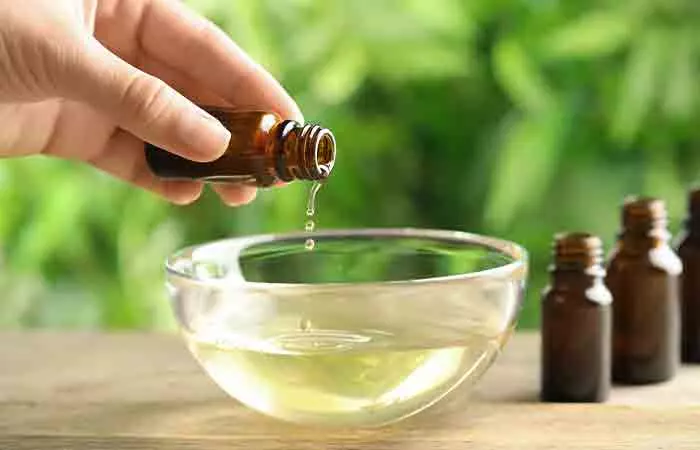
Tea tree oil (TTO) possesses antimicrobial and anti-inflammatory properties. A review published in the International Journal of Dermatology (2013) explores the dermatological applications of TTO, which is an essential oil derived from Melaleuca alternifolia. The review highlights TTO’s antimicrobial, anti-inflammatory, and antioxidant properties, attributing its efficacy to terpinen-4-ol, its major active component. TTO is effective against bacterial, viral, fungal, and protozoal infections affecting the skin and mucosa. It has been studied for its potential in treating acne vulgaris, seborrheic dermatitis, and chronic gingivitis, along with its ability to accelerate wound healing and exhibit anti-skin-cancer activity. These findings suggest that TTO could serve as a versatile herbal agent in dermatology (4). These properties of this particular essential oil may help reduce inflammation and prevent further infection, thus promoting faster healing of the cyst.
You Will Need
- A few drops of tea tree oil
- Warm water
What You Have To Do
- Dilute tea tree oil with water in the ratio of 1:10.
- Apply the mixture to the affected area and leave it on for about 15 minutes.
- Rinse thoroughly with lukewarm water.
- Dry the area completely.
How Often You Should Do This
Repeat 2-3 times daily.
 Quick Tip
Quick Tip4. Castor Oil
Castor oil contains ricinoleic acid, which possesses anti-inflammatory properties (5). This may help alleviate inflammation around the pilonidal cyst.
You Will Need
- A few drops of castor oil
- Cotton ball
What You Have To Do
- Soak a sterile cotton ball in warm castor oil.
- Apply generously to the affected area.
- Leave the cotton ball on for 20-30 minutes or overnight.
How Often You Should Do This
Repeat 2-3 times daily.
5. Coconut Oil
Coconut oil is both anti-inflammatory and analgesic (6). It can thus help reduce pain and inflammation in the affected area.
You Will Need
½ teaspoon of organic coconut oil
What You Have To Do
- Apply organic coconut oil to the affected area.
- Leave it on for a couple of hours.
How Often You Should Do This
Repeat 2 times daily.
6. Epsom Salt
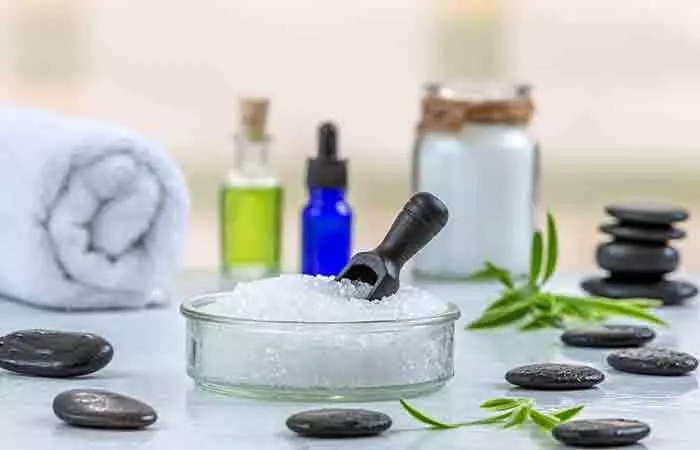
The magnesium in Epsom salt can help reduce inflammation (7). Epsom salt baths may not only reduce pain but also promote the expulsion of pus from the cyst.
You Will Need
1 cup of Epsom salt
What You Have To Do
- Add a cup of Epsom salt to a freshly drawn warm bath.
- Soak your body in it for 15-20 minutes.
How Often You Should Do This
Repeat as necessary.
7. Apple Cider Vinegar
Apple cider vinegar (ACV) has antimicrobial properties. A Scientific Reports (2018) study examined the antimicrobial effects of apple cider vinegar against Escherichia coli, Staphylococcus aureus, and Candida albicans. The findings revealed that ACV effectively inhibited microbial growth at varying dilutions: 1/2 for C. albicans, 1/25 for S. aureus, and 1/50 for E. coli. Additionally, ACV reduced inflammatory cytokine levels (TNFα and IL-6) in monocytes co-cultured with these microbes, indicating its anti-inflammatory potential. These findings suggest ACV’s potential as a natural antimicrobial agent with therapeutic applications (8). Hence, it may help prevent the pilonidal cyst from getting infected, thereby assisting in its healing.
You Will Need
- Apple cider vinegar
- Cotton ball
What You Have To Do
- Dilute apple cider vinegar with water.
- Soak a cotton ball in the diluted vinegar. Place the cotton ball on the affected area and press gently.
- Secure it with a band-aid and keep it on for a few hours.
- Remove the band-aid and rinse the affected area thoroughly with water.
How Often You Should Do This
Repeat 2 times daily.
8. Turmeric
Turmeric contains curcumin that helps reduce inflammation and relieves pain in the affected area (9).
You Will Need
1 tablespoon turmeric powder
What You Have To Do
- Add water to turmeric powder to make a paste.
- Apply this paste to the affected area. Leave it on until it dries.
- Rinse the affected area thoroughly.
- Alternatively, you may also grind a turmeric root and gently press it on the pilonidal cyst.
How Often You Should Do This
Repeat 2 times daily.
9. Black Tea Bag
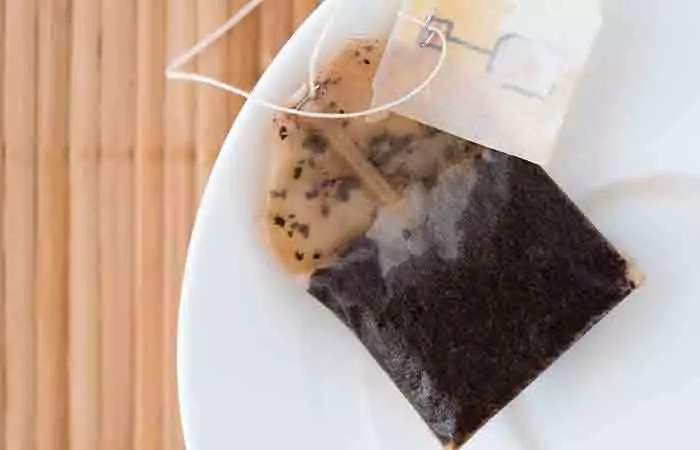
The anti-inflammatory properties of black tea may help in treating the swelling and inflammation in the affected area (10).
You Will Need
1 black tea bag
What You Have To Do
- Soak a tea bag in warm water for 5-6 minutes.
- Wait for the teabag to cool a bit. Place the tea bag on the affected area.
- Hold it in place for 8-10 minutes and then remove it.
How Often You Should Do This
Repeat this procedure 3-4 times daily.
10. Aloe Vera
Aloe vera exhibits anti-inflammatory and antimicrobial properties (11). Both these properties can help in reducing the pain and irritation caused due to pilonidal cysts.
You Will Need
Aloe vera gel
What You Have To Do
- Apply aloe vera gel to the affected area.
- Leave it on for 20-30 minutes.
- Rinse off with plain water.
How Often You Should Do This
Repeat 3-4 times in a day
 Quick Tip
Quick Tip11. Fenugreek
A novel fenugreek extract was observed to reduce cyst size and volume in patients with polycystic ovary syndrome (12). Hence, it may similarly help treat a pilonidal cyst.
You Will Need
- 1 teaspoon of fenugreek seeds
- A glass of boiling water
What You Have To Do
- Boil the fenugreek seeds in water.
- Strain the decoction and consume it.
How Often You Should Do This
Consume once daily until your symptoms show improvement.
12. Burdock Root
Burdock root is an excellent herbal remedy for several skin infections (13). This alternative therapy works because burdock root contains active compounds that flush out toxins from the body and may also help in alleviating the symptoms of pilonidal cysts.
You Will Need
- ½ teaspoon dried burdock root powder
- 1 tablespoon honey
What You Have To Do
- Mix half a teaspoon of dried burdock root powder and a tablespoon of honey to make a paste.
- Apply this paste generously on the cyst and leave for a few hours.
How Often You Should Do This
Repeat this 2-3 times daily.
13. Onion
Onion possesses antimicrobial properties against a host of bacteria (14). This makes it suitable to treat an infected pilonidal cyst.
You Will Need
A thick slice of onion
What You Have To Do
- Cut a thick slice of onion and place it on the pilonidal cyst.
- Keep it in place with a band-aid.
How Often You Should Do This
Repeat this procedure every 2-3 hours by changing the onion slices.
Caution: Onions can sometimes irritate the skin. Do a patch test before trying this remedy.
Following and repeating these remedies as necessary may ensure a reduction in pain and inflammation. Additionally, some of these remedies are also applicable to sebaceous cysts. To know more, you can also explore home remedies for sebaceous cysts for better understanding. Remember, while these home remedies can be beneficial, it’s always important to consult a doctor for any health issues, including sebaceous cysts.
Prevention is better than cure and keeping a few key things in mind may help you avoid this condition. Learn more about it in the next section.
Prevention Of Pilonidal Cyst
Preventing pilonidal cysts primarily involves maintaining good hygiene and making lifestyle choices that reduce the risk of developing them.
- Practice proper personal hygiene.
- Cleanse your lower body regularly with mild soap and water.
- Ensure the affected area is kept clean and dry to prevent bacterial growth.
- Shave or wax the area around the tailbone to potentially reduce the risk of hair entering and getting trapped in the pilonidal sinus
- Avoid prolonged sitting or activities that cause excessive friction in the lower back region.
- Maintain a healthy body weight.
- Exercise regularly
- Avoid wearing tight-fitting clothing.
- Consult a healthcare professional if you have a family history of pilonidal cysts or recurring issues.
Infographic: 10 Simplest Remedies For Pilonidal Cysts
Pilonidal cysts demand prompt attention for quick healing and recovery. You can opt for effective home remedies as the first line of self-care treatment for these painful cysts to find relief from its symptoms. Amongst the many different remedies options, some are really easy and simple to create and apply.
Check out the infographic below to find the 10 simplest home remedies you can use at a moment’s notice. Illustration: StyleCraze Design Team
Home treatments for pilonidal cysts alleviate pain. Sitting for long hours, having a family history of pilonidal cysts, and having thick body hair may increase the risk of developing pilonidal cysts. Draining the cyst is the medical way of managing a pilonidal cyst. Home remedies like warm compress, usage of garlic, coconut oil, tea tree oil, apple cider vinegar, Epsom salt, witch hazel, and aloe vera help in the effective management of pilonidal cysts. Fenugreek, burdock root, and onion also work effectively. You can also try out several non-surgical treatments like homeopathic remedies and folk remedies to help relieve pain and treat pilonidal cysts. You should also make some necessary dietary changes by adding fiber and probiotics to relieve pressure on your pilonidal sinus. Couple these remedies with the treatment suggested by your doctor to reduce pain effectively.
Frequently Asked Questions
How long do pilonidal cysts last?
After the diagnosis of a pilonidal cyst and subsequent cyst removal surgery, the wound will require 1-2 months to heal. However, in the case of complex or recurrent pilonidal disease, it may take up to 6 months to heal.
Why do pilonidal cysts come back?
It has been observed that it can be hard to remove the entire cyst. This would mean that there is a chance that it can recur.
Why do pilonidal cysts have a foul smell?
The cyst may be infected if it has a foul odor. This infection may cause the build-up of pus or blood.
Can a pilonidal cyst kill you?
Very often, pilonidal cysts can be removed with surgery. However, there is the possibility of the recurrence of abscesses. This happens if extensive scar tissue or sinus formation occurs.
How can I prevent the development of pilonidal cysts?
Here are the ways you may prevent the development of pilonidal cysts:
- Avoid being sedentary. If your job requires you to sit for long periods at a stretch, remember to stand up at regular intervals and take a quick walk.
- Watch your weight. Being overweight can make you susceptible to developing pilonidal cysts.
- Maintain hygiene in the area between the cheeks of your buttocks.
Will a pilonidal cyst burst on its own?
In some cases, a pilonidal cyst may burst on its own or release pus and drain out slowly over a period of time. However, the process may take a long time or be painful and uncomfortable. It is better to get a pilonidal cyst treated, either with home remedies or medical/surgical intervention.
Can you put hydrogen peroxide on a pilonidal cyst?
While there is no evidence to suggest the efficacy of using hydrogen peroxide on a pilonidal cyst, 3% hydrogen peroxide may facilitate the healing of an open pilonidal cyst wound after it has been drained (15).
Illustration: Pilonidal Cyst Home Treatments
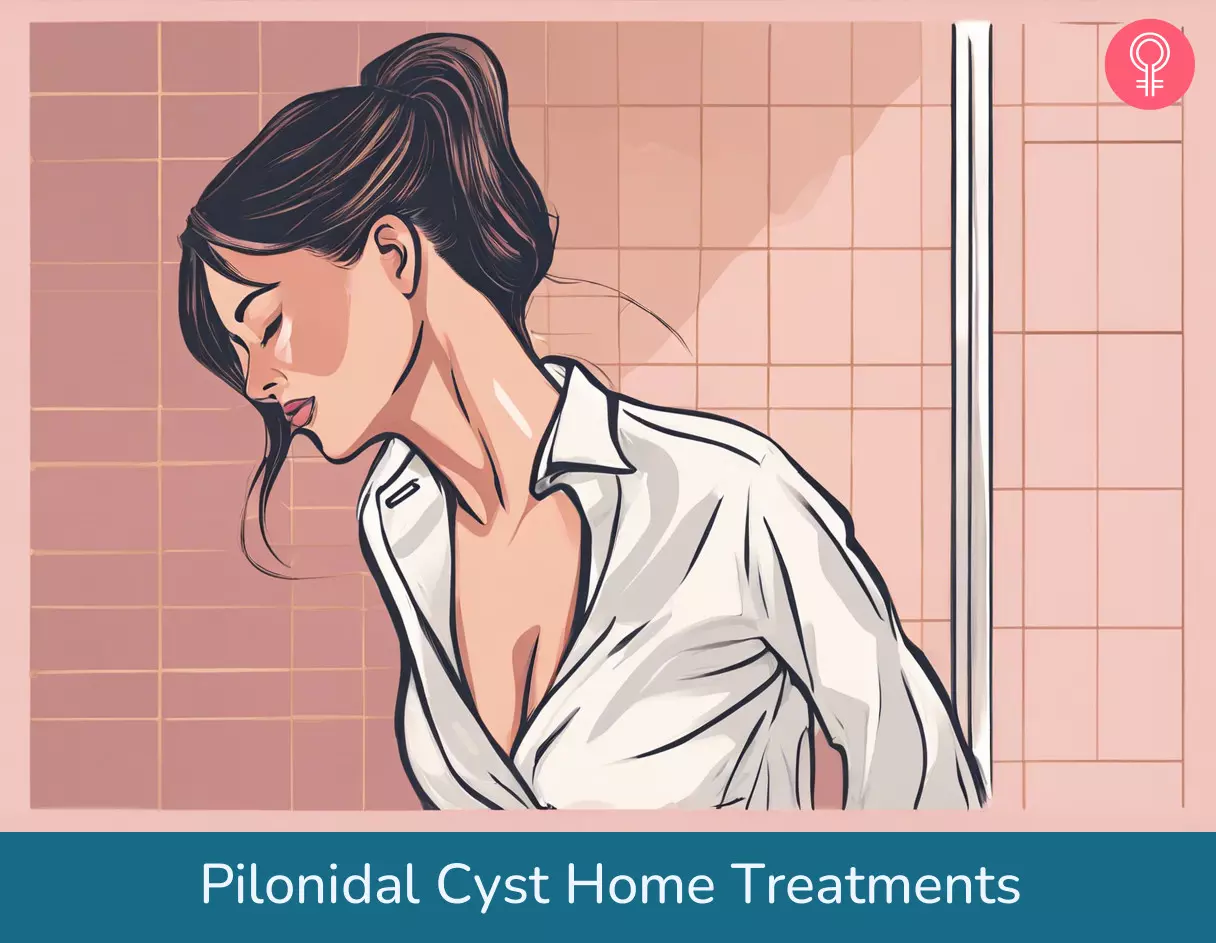
Image: Stable Diffusion/StyleCraze Design Team
References
Articles on StyleCraze are backed by verified information from peer-reviewed and academic research papers, reputed organizations, research institutions, and medical associations to ensure accuracy and relevance. Read our editorial policy to learn more.
- Khanna, Amit, and John L Rombeau. “Pilonidal disease.” Clinics in colon and rectal surgery vol. 24,1 (2011): 46-53.
https://www.ncbi.nlm.nih.gov/pmc/articles/PMC3140333/ - Malanga, Gerard A et al. “Mechanisms and efficacy of heat and cold therapies for musculoskeletal injury.” Postgraduate medicine vol. 127,1 (2015): 57-65.
https://pubmed.ncbi.nlm.nih.gov/25526231/ - Adetumbi, M A, and B H Lau. “Allium sativum (garlic)–a natural antibiotic.” Medical hypotheses vol. 12,3 (1983): 227-37.
https://pubmed.ncbi.nlm.nih.gov/6366484 - Pazyar, Nader et al. “A review of applications of tea tree oil in dermatology.” International journal of dermatology vol. 52,7 (2013): 784-90.
https://pubmed.ncbi.nlm.nih.gov/22998411// - Vieira, C et al. “Effect of ricinoleic acid in acute and subchronic experimental models of inflammation.” Mediators of inflammation vol. 9,5 (2000): 223-8.
https://pubmed.ncbi.nlm.nih.gov/11200362 - Intahphuak, S et al. “Anti-inflammatory, analgesic, and antipyretic activities of virgin coconut oil.” Pharmaceutical biology vol. 48,2 (2010): 151-7.
https://pubmed.ncbi.nlm.nih.gov/20645831// - Sugimoto, Jun et al. “Magnesium decreases inflammatory cytokine production: a novel innate immunomodulatory mechanism.” Journal of immunology (Baltimore, Md. : 1950) vol. 188,12 (2012): 6338-46.
https://www.ncbi.nlm.nih.gov/pmc/articles/PMC3884513/ - Yagnik, Darshna et al. “Antimicrobial activity of apple cider vinegar against Escherichia coli, Staphylococcus aureus and Candida albicans; downregulating cytokine and microbial protein expression.” Scientific reports vol. 8,1 1732.
https://www.ncbi.nlm.nih.gov/pmc/articles/PMC5788933/ - Hewlings, Susan J, and Douglas S Kalman. “Curcumin: A Review of Its’ Effects on Human Health.” Foods (Basel, Switzerland) vol. 6,10 92.
https://www.ncbi.nlm.nih.gov/pmc/articles/PMC5664031/ - Sharma, Vasundhara, and L Jagan Mohan Rao. “A thought on the biological activities of black tea.” Critical reviews in food science and nutrition vol. 49,5 (2009): 379-404. doi:10.1080/1
https://pubmed.ncbi.nlm.nih.gov/19399668 - Surjushe, Amar et al. “Aloe vera: a short review.” Indian journal of dermatology vol. 53,4 (2008): 163-6.
https://www.ncbi.nlm.nih.gov/pmc/articles/PMC2763764/ - Swaroop, Anand et al. “Efficacy of a Novel Fenugreek Seed Extract (Trigonella foenum-graecum, Furocyst) in Polycystic Ovary Syndrome (PCOS).” International journal of medical sciences vol. 12,10 825-31.
https://pubmed.ncbi.nlm.nih.gov/26516311 - Chan, Yuk-Shing et al. “A review of the pharmacological effects of Arctium lappa (burdock).” Inflammopharmacology vol. 19,5 (2011): 245-54.
https://pubmed.ncbi.nlm.nih.gov/20981575 - Ahmed, Mr & Kabrah, M & Faidah, Hani & Ashshi, Ahmed & Safaa, Mrs & Turkistani, A. (2016). Antibacterial Effect of Onion. Scholars Journal of Applied Medical Sciences (SJAMS). 4. 4128-4133.
https://www.researchgate.net/publication/311535680_Antibacterial_Effect_of_Onion - Bader Shirah, Hamza Shirah. “The Effect Of Hydrogen Peroxide On The Healing Of The Laid Open Wound In The Treatment Of Chronic Sacrococcygeal Pilonidal Sinus: A Retrospective Database Analysis Of 500 Patients”. International Journal Of Surgery And Medicine.
https://journalmedica.com/chronic-sacrococcygeal-pilonidal-sinus-lay-open-shirah
Read full bio of Dr. Vindhya L Veerula
Read full bio of Shaheen Naser
Read full bio of Ravi Teja Tadimalla
Read full bio of Dipti Sharma







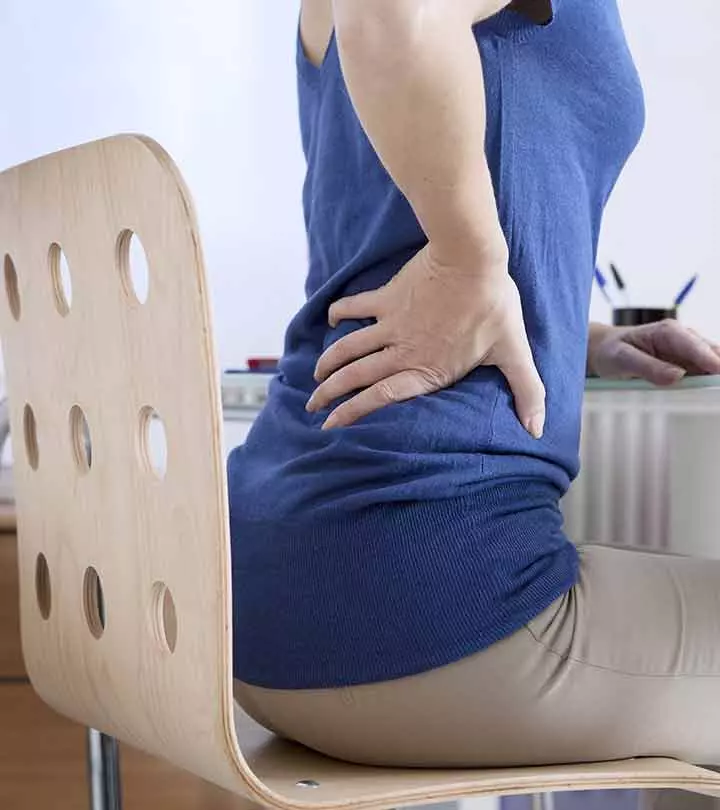
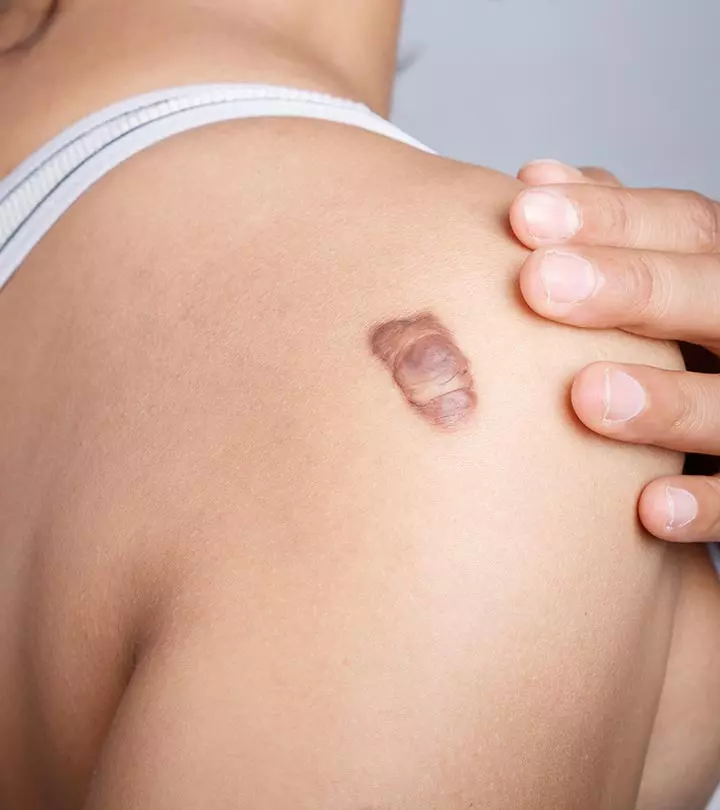
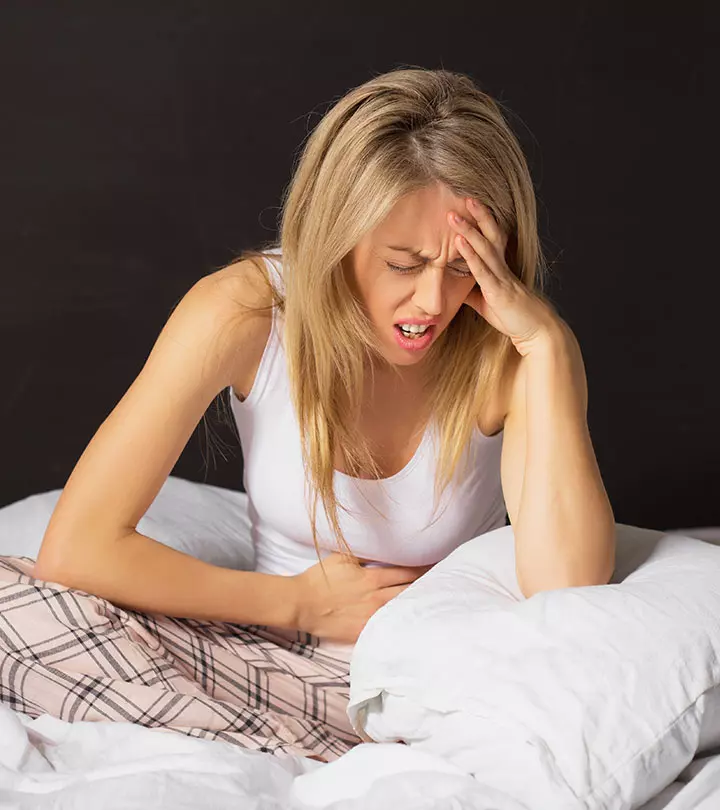

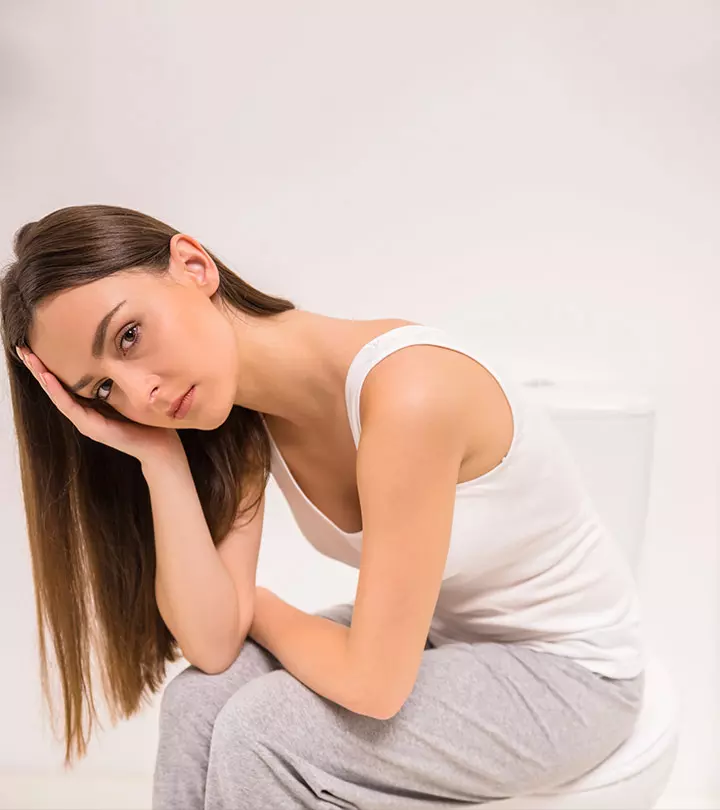
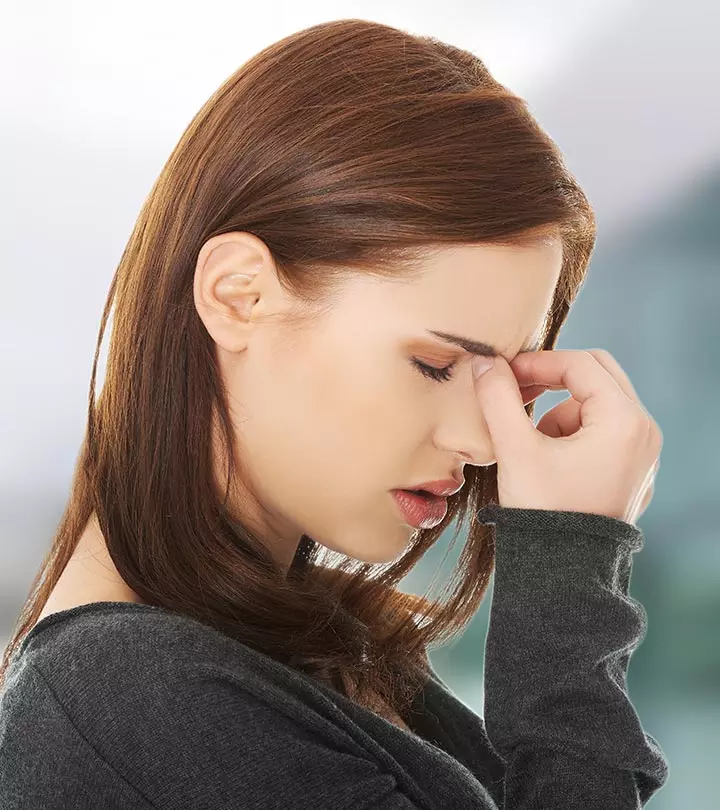
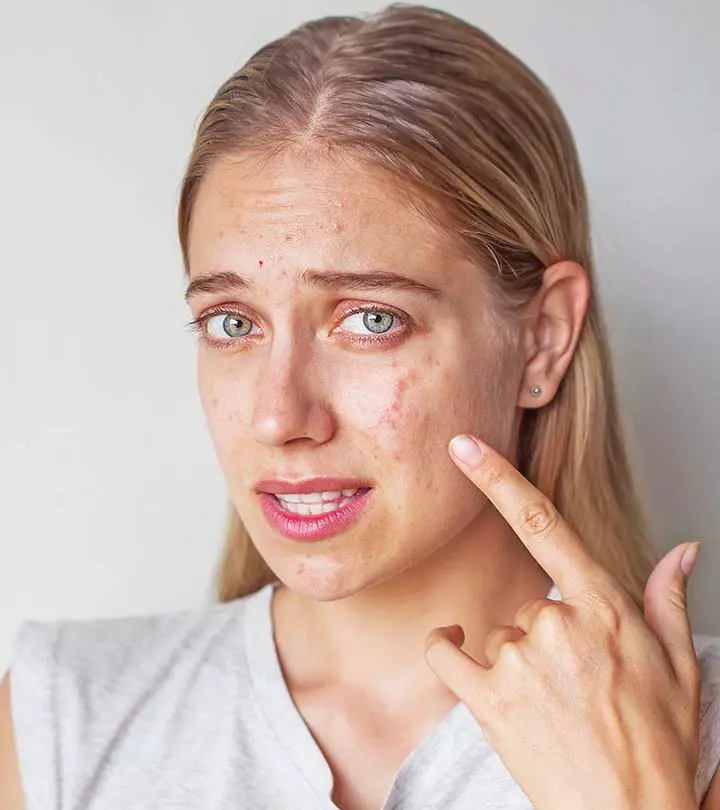
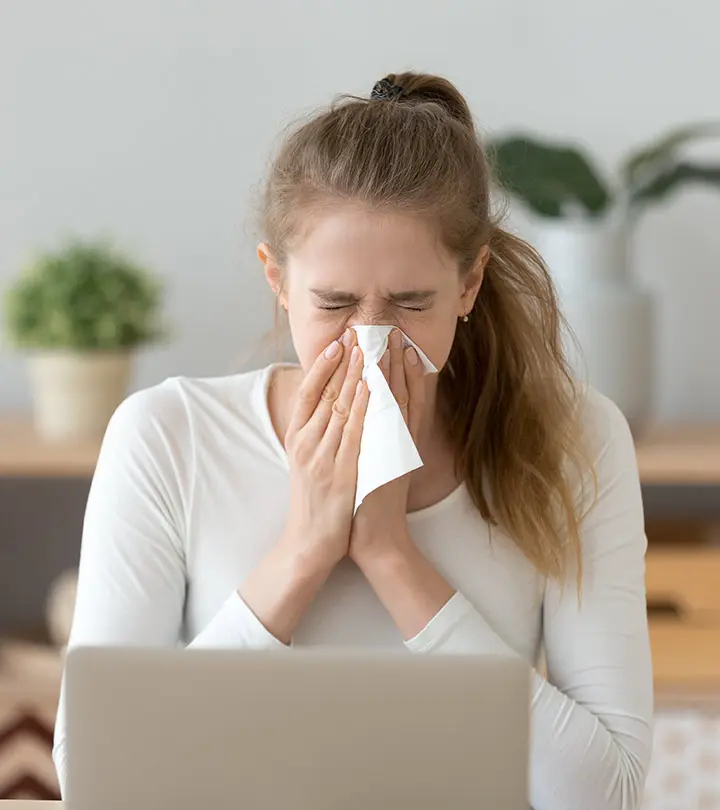

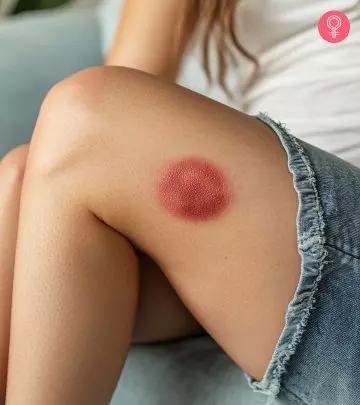




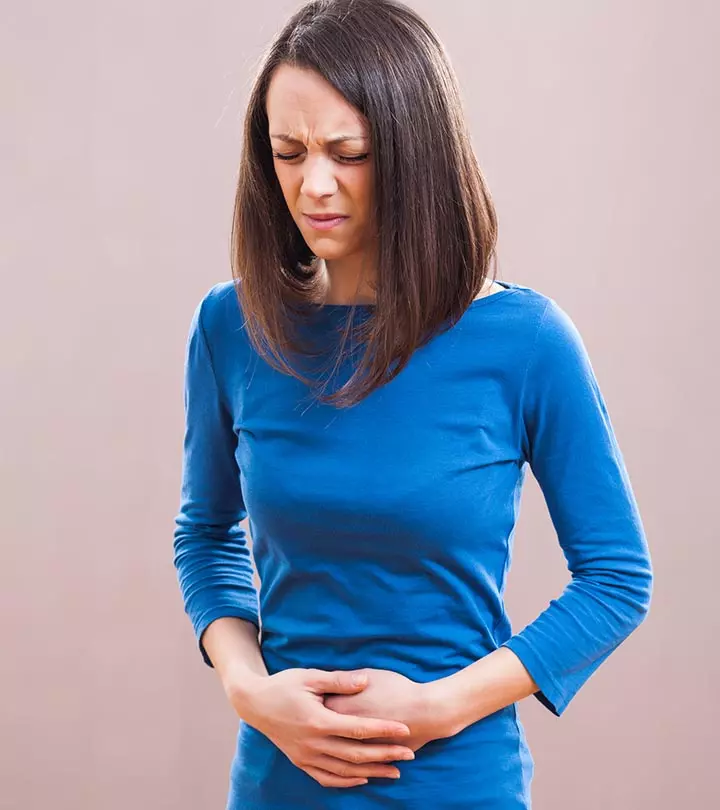

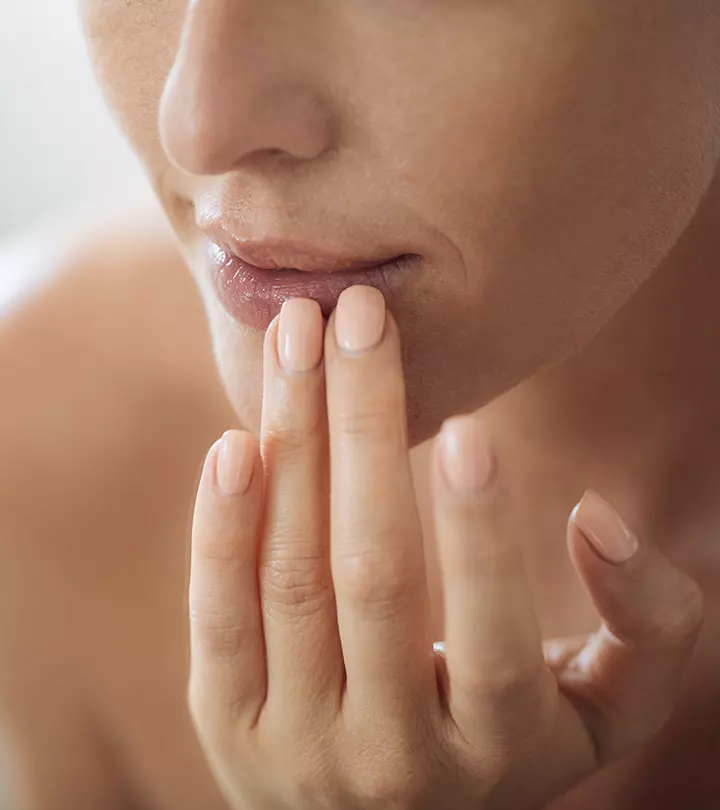

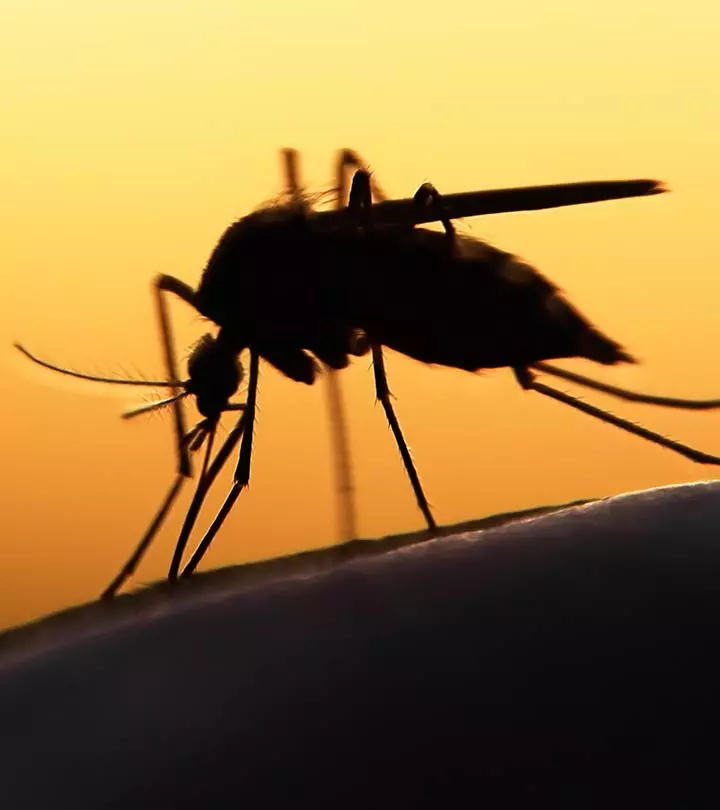
Community Experiences
Join the conversation and become a part of our empowering community! Share your stories, experiences, and insights to connect with other beauty, lifestyle, and health enthusiasts.